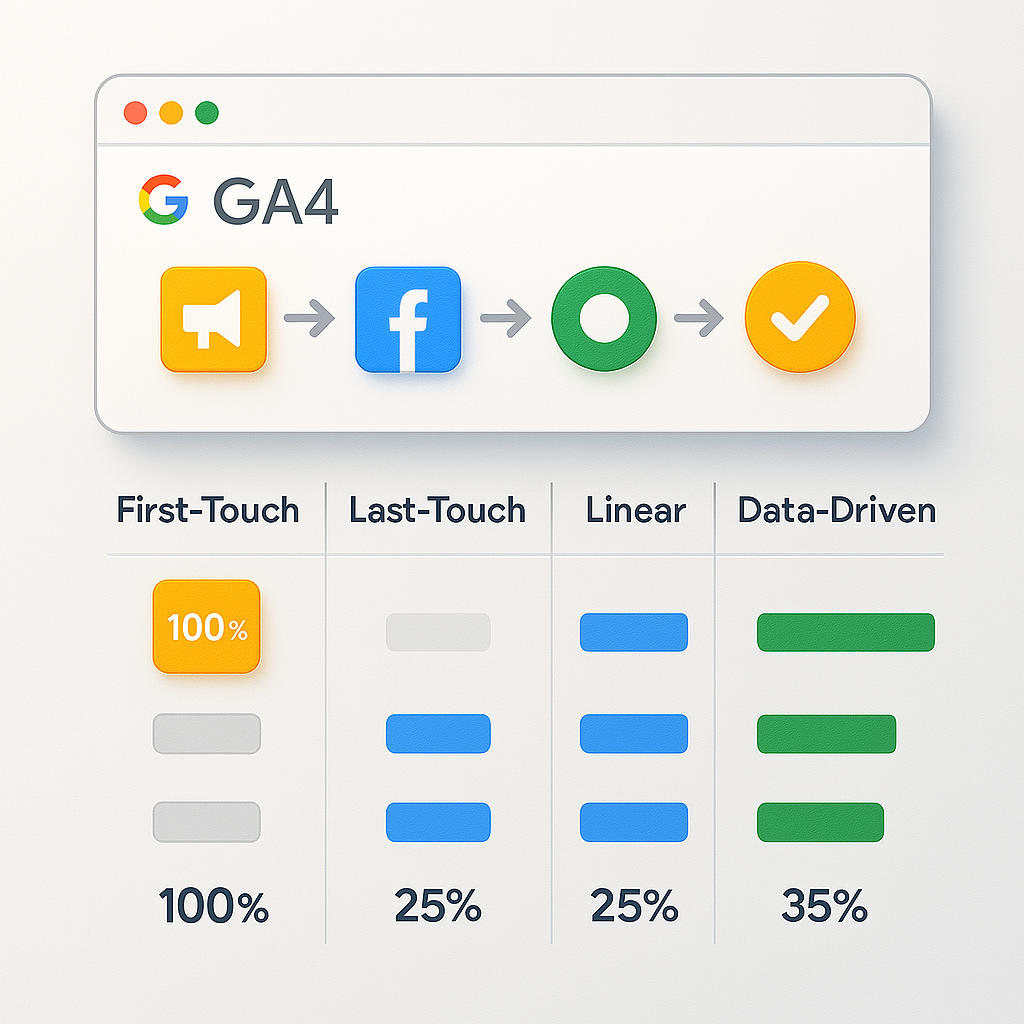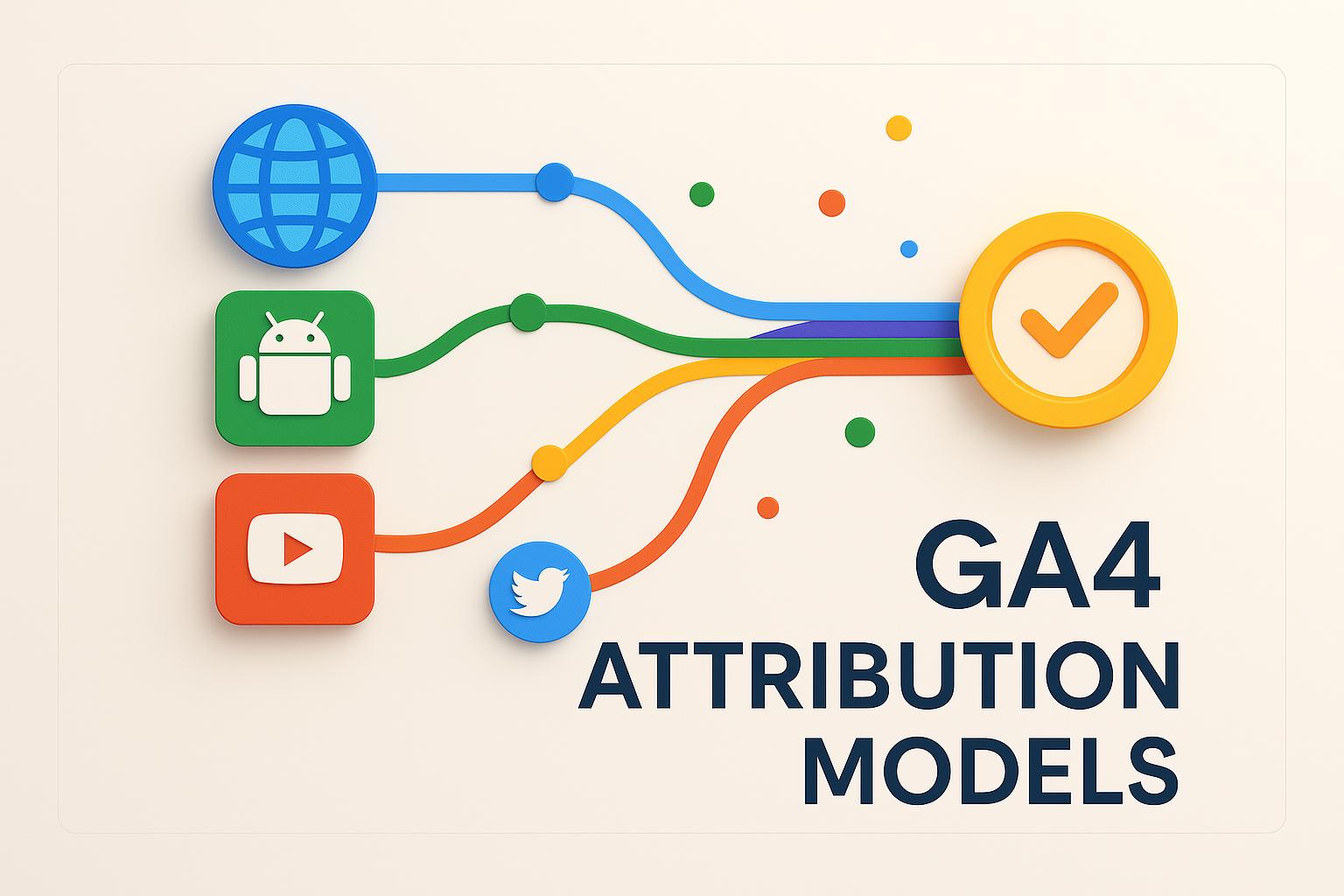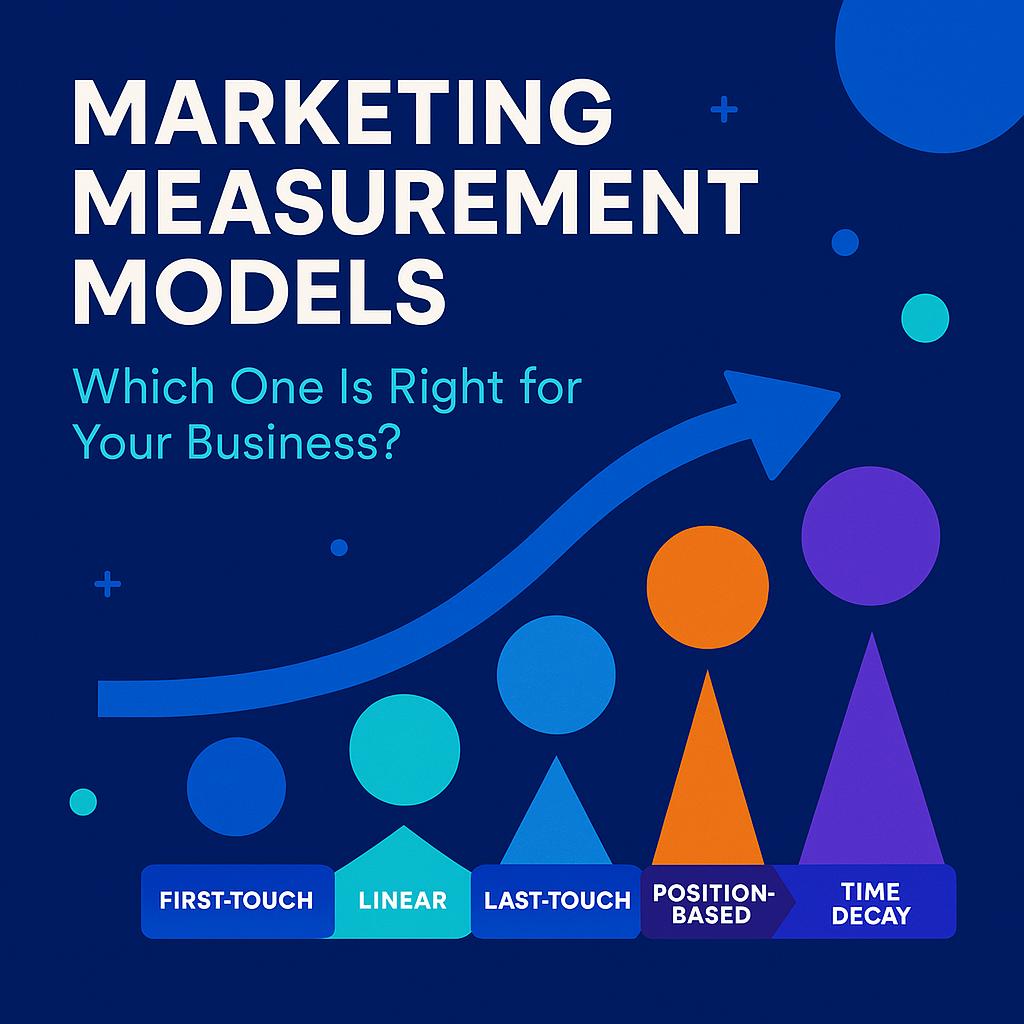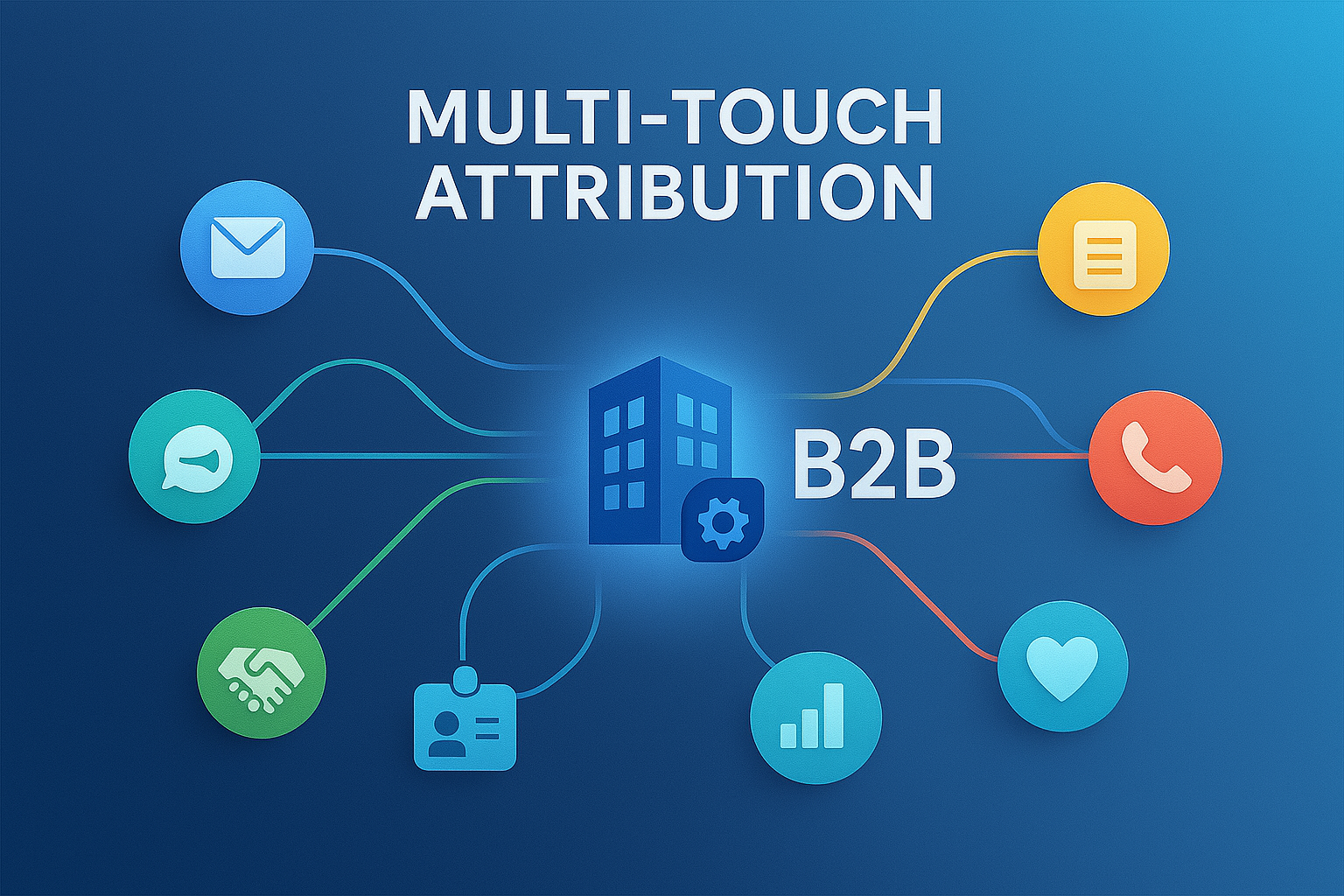Google Analytics 4 (GA4) represents a significant shift in how digital marketing data is collected and analyzed. One of the most important changes is the evolution of attribution modeling, which now offers more sophisticated options than Universal Analytics. Let's explore how GA4 handles attribution and how you can use these insights to optimize your marketing strategy.
GA4's Attribution Models Explained
GA4 offers several attribution models, each with different approaches to assigning conversion credit across user touchpoints. Understanding these models is crucial for accurate interpretation of your performance data.
Cross-channel Data-driven Attribution
The default model in GA4, Data-driven Attribution (DDA) uses machine learning to distribute conversion credit based on the calculated importance of each touchpoint. Unlike Universal Analytics, GA4's DDA works across channels and doesn't require a minimum threshold of conversions to function effectively.
Other Available Models in GA4
In addition to data-driven attribution, GA4 provides several rule-based models for comparison:

Key Differences from Universal Analytics
GA4's attribution system differs from Universal Analytics in several important ways that impact how you should analyze your marketing performance.
GA4's data-driven attribution provides a more holistic view of the customer journey by considering both converting and non-converting paths, something Universal Analytics never could.
Setting Up Attribution in GA4
Getting the most out of GA4's attribution capabilities requires proper configuration. Here's how to set up and customize attribution in your GA4 property.
Enabling and Configuring Attribution Models
Navigate to Admin > Attribution Settings to configure your attribution model. From here, you can select your preferred default model and customize the lookback window.
// Sample GTM code for enhanced measurement with attribution parameters
const CONFIG = {
'send_page_view': true,
'attribution_prefix': 'data_driven',
'attribution_reporting': true,
'cookie_domain': 'auto',
'cookie_expires': 63072000, // 2 years in seconds
'attribution_lookback_window': 60 // 60 days
};Creating Attribution Reports
GA4 provides several built-in attribution reports under the Advertising section, including Conversion Paths, Model Comparison, and Channel Performance. You can also create custom reports using Explorations.
Common Challenges and Solutions
While GA4's attribution capabilities are powerful, there are several challenges you might encounter when implementing and interpreting the data.
Data Sampling Issues
For high-traffic sites, GA4 may sample data in certain reports, which can affect attribution accuracy. To minimize this issue, use shorter date ranges or configure custom reports with fewer dimensions.
Conversion Tracking Gaps
GA4 requires proper event configuration for accurate attribution. Ensure you've set up conversion events correctly and are using enhanced measurement where appropriate.
Channel Grouping Customization
GA4's default channel groupings may not align with your marketing structure. Create custom channel groupings in the Admin section to better match your specific marketing channels.
Practical Applications and Insights
Now that you understand GA4's attribution capabilities, here's how to apply these insights to optimize your marketing strategy.
Budget Allocation
Use attribution data to redistribute marketing spend toward channels that drive the most value. Compare the results across different models to ensure you're not overvaluing any single touchpoint.
Content Strategy Optimization
Identify which content assets appear most frequently in successful conversion paths, then create more content that follows similar patterns or themes.
Customer Journey Mapping
Use the Conversion Paths report to understand typical customer journeys, then optimize the user experience at each critical touchpoint.
The most valuable insight from attribution isn't which channel gets credit—it's understanding how channels work together throughout the customer journey.
Advanced GA4 Attribution Techniques
For power users, GA4 offers several advanced attribution capabilities that can provide even deeper insights.
Custom Lookback Windows
Adjust your attribution lookback window based on your typical sales cycle. Shorter cycles might need only 7-14 days, while B2B companies might benefit from the full 90-day window.
BigQuery Integration
Export your GA4 data to BigQuery to create custom attribution models or combine attribution data with CRM information for more comprehensive analysis.
-- Sample BigQuery SQL for custom attribution analysis
SELECT
user_pseudo_id,
event_timestamp,
traffic_source.medium,
traffic_source.source,
traffic_source.name as campaign,
(SELECT value.string_value FROM UNNEST(event_params) WHERE key = 'page_location') as page_location,
(SELECT value.string_value FROM UNNEST(event_params) WHERE key = 'page_title') as page_title
FROM `project_id.analytics_123456789.events_*`
WHERE _TABLE_SUFFIX BETWEEN '20250101' AND '20250131'
ORDER BY user_pseudo_id, event_timestamp;Conversion Journey Explorations
Create custom pathing reports in the Explorations section to visualize the most common sequences of interactions that lead to conversions across different segments.
Conclusion: Making the Most of GA4 Attribution
GA4's attribution capabilities represent a significant improvement over previous analytics tools, offering more accurate insights into how your marketing efforts contribute to conversions. By understanding the different models available and how to interpret their results, you can make more informed decisions about your marketing strategy.
Remember that no attribution model is perfect. The best approach is to use multiple models for comparison and combine these insights with your broader business understanding and other analytics tools. With GA4's attribution features properly configured, you'll be well-equipped to optimize your marketing performance in an increasingly complex digital landscape.



